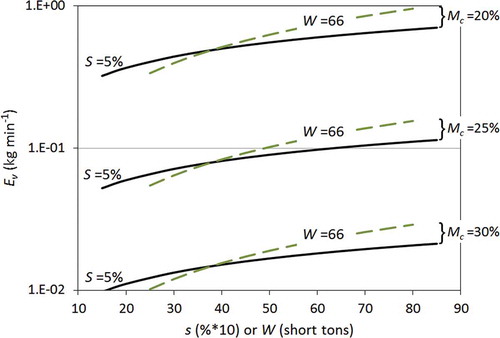Figures & data
Figure 1. Environs surrounding the coal pile (oval black area) at the Tennessee study site. The photograph is oriented north-south from top to bottom. Monitoring sites are denoted by green circles.
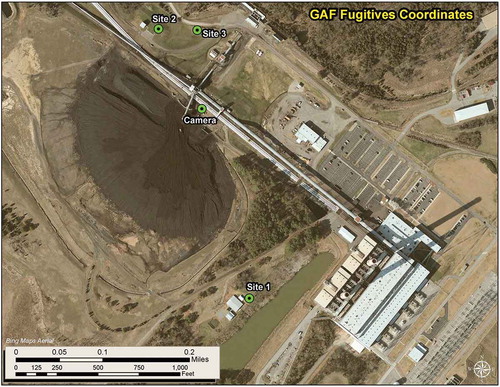
Table 1. Average adjusted PM10 concentration Cxs* for hours without and with human activity on the coal pile
Table 2. Comparison of fugitive PM10 concentrationsa associated with natural and human activity on a coal pile (data from both downwind sites combined)
Figure 2. Frequency distributions of Cxs* (top), (middle), and
(bottom) for hours when airflow transported bulldozer-derived dust from the coal pile toward downwind monitors. Bin labels indicate the midpoint of each 20-µg m−3 range in bin values.
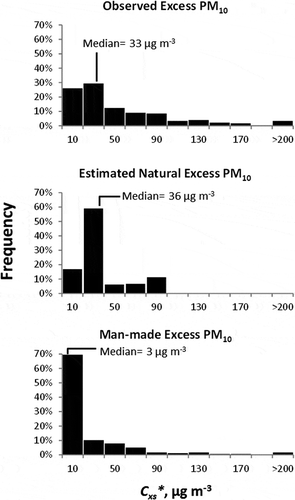
Figure 3. Coal pile direction sectors (numbered 1 through 3) and subsectors (labeled “a” and “b” within each direction sector) for which hourly bulldozer activity was quantified by use of camera imagery. The camera was initially oriented to acquire images within the yellow-delineated field of view but was adjusted (red delineation) to capture a more central field of view—and more of sector 3—in September.
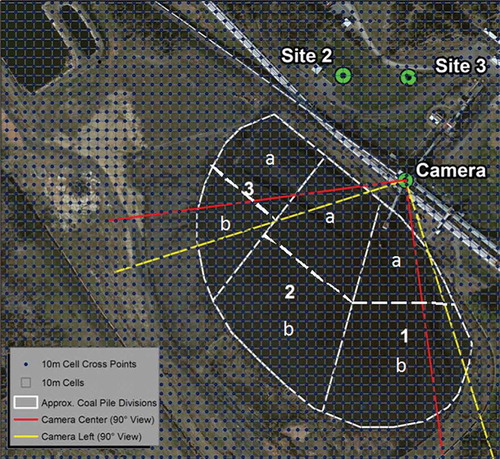
Table 3. Average observed frequencies (weights) used to allocate simulated fugitive dust emissions to each coal pile sector
Table 4. Sector-specific meteorological conditions at 10 m averaged for periods when airflow over the coal pile aligned with downwind monitoring sites
Table 5. Source characteristics used to model area emissions from the coal pile
Figure 4. Distribution of observed bulldozer activity (total minutes) per hour. Bin labels are the upper end of the 10-min range in bin values with up to two bulldozers working at once.
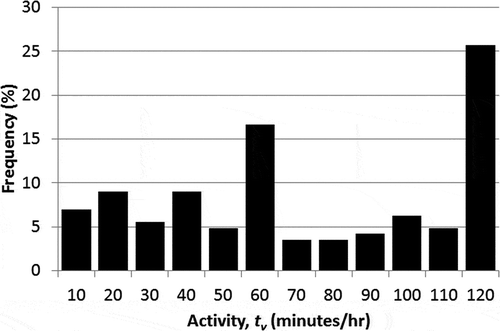
Table 6. Calculated nonzero PM10 coal dust emission rates due to bulldozer activity
Figure 5. Plot compares daily average log10(Ev) versus Mc for separate periods either ending before or beginning on October 15. Separate linear regression lines (and coefficients of determination) are shown for each period. The two lines intersect at roughly Mc = 29.5%.
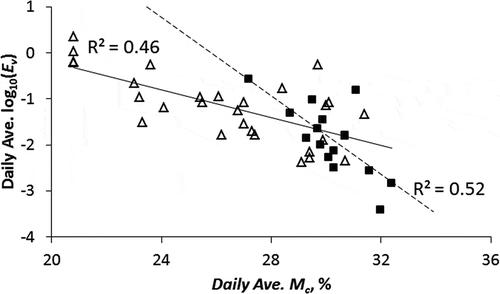
Figure 6. Comparison of different values of Ev versus Mc using emission factors from AP-42 for unpaved public roads, unpaved industrial surfaces, and from this study. The potential variability of the Ev(AP) for industrial sites—assuming 25% variability in vehicle speed and surface silt content—is illustrated using dashed lines above and below the parallel solid line.
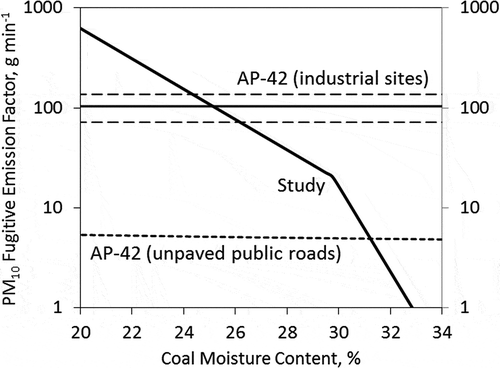
Figure 7. Daily average coal moisture content for 2012 computed from hourly meteorological data measured near Nashville, TN, and eq 22. The period of the field study is denoted by the solid horizontal line in the upper part of the graph.
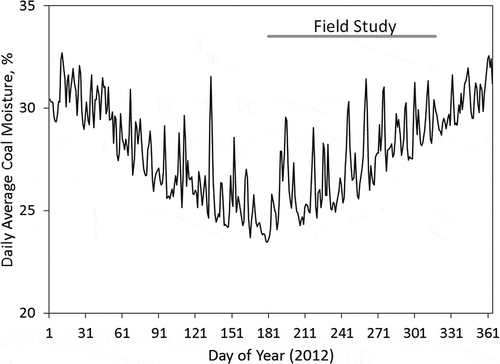
Figure 8. Daily emission factors for fugitive PM10 coal dust calculated using the formulations for Ev versus Mc (eqs 23 and 24) and Mc plotted in . The period of the field study is denoted by the solid horizontal line in the upper part of the graph. The Ev(AP) (= VEir) is represented by the horizontal dashed line near 100 g min−1, and the annual average of Ev based on the study formulation is represented by the dashed line parallel to and below the line for Ev(AP).
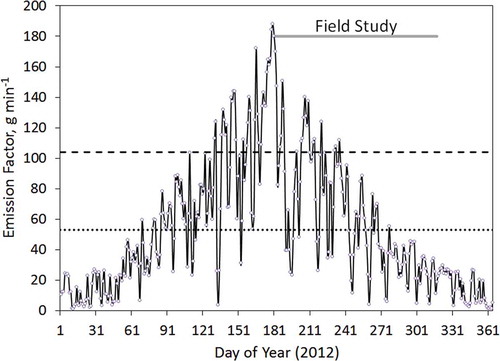
Figure 9. Sensitivity of Ev to various independent variables as determined from eq 27.
